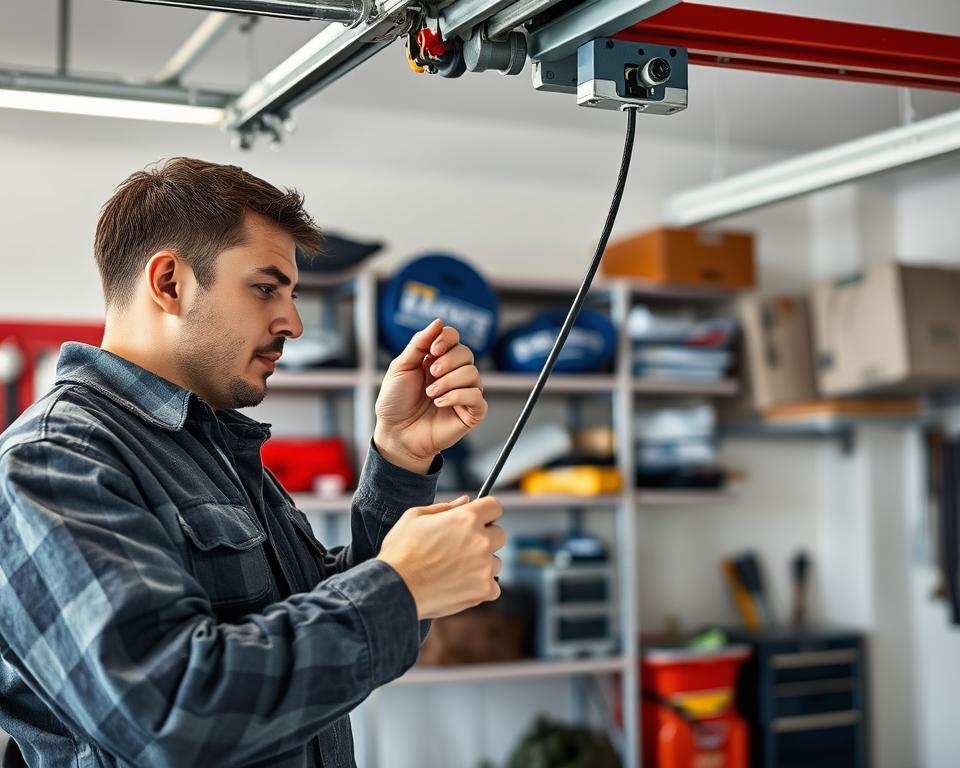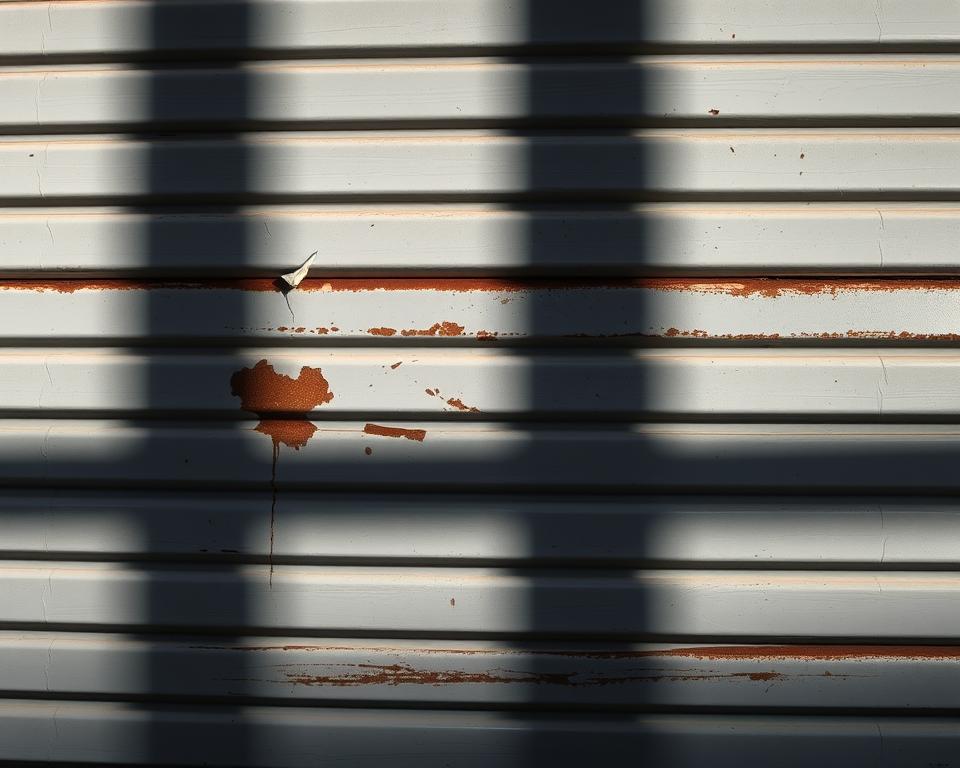Opulent Empower Field Limousine Service – Reserve Your Journey Today
Have you ever considered a exquisite journey has the power to alter your travel in Colorado? Introducing Boulder Rides, where we offer top-notch Colorado chauffeur transit, customized exclusively for you. Our platform simplifies ride reservations, guaranteeing a seamless expedition. We prioritize unparalleled customer care and your satisfaction, making us a standout in the high-end travel arena – car service near me.
- Boulder Rides is the premier choice for opulent travel services in Colorado.
- Scheduling your journey is effortless via our streamlined interface.
- Remarkable client care ensures a rewarding encounter.
- We prioritize punctuality and professionalism in every journey.
- Explore Colorado in style with our diverse fleet of vehicles.
Colorado’s Leading Limo Experience
Boulder Rides remains the preferred option for upscale travel in Colorado, catering to both business and leisure needs. Their expansive collection guarantees a fusion of ease and refinement. Such dedication to quality distinguishes it from competitors.
Serving both Denver and Boulder, Boulder Rides offers unmatched convenience for those looking for a limousine rental. Every patron is treated to bespoke attention and assured excellence, rendering each ride indelible.
Be it a business function or a scenic adventure, Boulder Rides delivers an elevated transit service. Enjoy the finest amenities that redefine luxury travel in Colorado.
Why Boulder Rides is the Best Option for Premium Transportation
Opting for Boulder Rides means you’re in for a top-tier experience, centered on your total delight. In a crowded market, this provider excels by offering reliable vehicle transit that addresses an array of requirements. Be it for a significant occasion, an important conference, or a relaxed journey across Colorado, Boulder Rides delivers custom-tailored services to suit your preferences.
Boulder Rides carries a legacy of professional know-how, upholding both promptness and ease. Their expert crew strives for exceptional care, making every trip both seamless and pleasurable. The flexibility of their services is another key feature, permitting modifications to match diverse functions and individual styles.
Choosing Boulder Rides for your upscale transportation needs is a wise choice, promising an exceptional journey from beginning to end. Based on a commitment to expert conduct and superior standards, each journey underscores their devotion to outstanding car service.
An Outstanding Collection of Automobiles
Boulder Rides proudly presents a remarkable assortment of vehicles, guaranteeing that every journey is both opulent and cozy. Their range meets diverse requirements, from business functions to relaxed excursions. Each vehicle is chosen with care, meeting different transportation requirements.
Diverse Choices: Limousines, Sedans, and Beyond
Our clients have access to a wide range, including luxury sedans and stretch limos. Each vehicle offers a unique experience. Whether seeking elegance for a memorable moment or convenience for terminal transfers, your options are plentiful.
Impeccably Kept and Relaxing Cars
Our fleet is meticulously maintained for reliability and comfort. Travelers relish roomy cabins paired with state-of-the-art features. Making every ride both satisfying and untroubled.
Seasoned Chauffeurs Focused on Superior Service
At Boulder Rides, our group of seasoned operators excels in high-end transit. All chauffeurs complete comprehensive training to ensure remarkable support. They navigate the optimal courses while catering to your individualized tastes.
Expertise and Instruction of Our Drivers
The proficiency of our chauffeurs is central to our top-tier service. Each has undergone an in-depth instructional course. This includes safety, customer service, and local geography. Thus, every journey becomes a distinctive highlight of your schedule.
Focus on On-Time Service and Courteous Performance
Punctuality is central to our service at Boulder Rides. Recognizing the importance of time, be it for airport connections or professional appointments, our operators schedule ahead to assure punctuality. Their courteous and expert demeanor elevates your journey, regardless of purpose.
Boulder Rides provides multiple tailored options for varied requirements, ranging from efficient airport pickups to customized event logistics, they adapt to your specific needs. All arrangements are customized to guarantee your total satisfaction and relaxation.

Terminal Pickups
Efficient and stress-free airport transfers are essential for travelers. Boulder Rides employs live flight monitoring to secure on-time collections, minimizing delays. Such coordination results in a timely, stress-free beginning to your travel.
Corporate Transportation Needs
For reliable business travel, Boulder Rides stands out with its executive transportation services. The offerings are tailored to suit board meetings, symposiums, and corporate gatherings. This ensures every client feels valued and supported during their engagements.
Unique Occasions and Festivities
Boulder Rides excels at crafting memorable occasions. Their tailored transit options cover bridal events, celebratory milestones, and special functions. Each element is carefully arranged to ensure an extraordinary celebration, allowing you to enjoy your event while they handle the transportation.
| Category | Attributes | Advantages |
|---|---|---|
| Terminal Services | Up-to-date flight tracking, on-schedule pickups | Minimized waiting time, stress-free arrival |
| Corporate Transportation | Skilled operators, customizable itineraries | Professional image, enhanced client relationships |
| Unique Celebrations | Tailored services, opulent rides | Memorable experiences, tailored services |
Seamless Event Travel via Colorado Limousine Service
Planning an event can be overwhelming, but Boulder Rides simplifies your transportation needs. This Colorado limo service offers an effortless solution for any occasion. Whether it’s weddings or corporate events, Boulder Rides ensures your guests arrive on time and in style.
Managing every transit element, they allow you to savor the event free of worries. Such assurance in dependable service eliminates concerns over setbacks. Professional chauffeurs manage every detail, providing exceptional service.
Make your next event memorable with a seamless experience from a trusted Colorado limo service. Count on Boulder Rides for impeccable transit that delights both you and your invitees.
Sightseeing Tours in the Stunning Colorado Landscape
Discover the awe-inspiring beauty of Colorado with Boulder Rides’ expertly designed sightseeing tours. These tours allow you to immerse yourself in dazzling panoramas, majestic peaks, and serene lowlands. Featuring bespoke itineraries, each journey is designed around your individual taste for a memorable outing.
Tailor-Made Excursion Plans
According to Boulder Rides, every sightseeing tour must align with your individual preferences. Our personalized tours let you pick the places and activities you want to see. Whether it’s famous landmarks, hidden spots, or outdoor adventures, our team crafts a custom plan just for you.
Driver-Led Tours
Savor the opulence of driver-led adventures amidst Colorado’s stunning landscapes. Our skilled chauffeurs not only drive you but also share fascinating facts about the sights. Such storytelling elevates your tour, rendering your Colorado excursion truly exceptional.
Effortless Digital Ride Booking
Scheduling your journey online is remarkably straightforward. Boulder Rides provides an intuitive website for booking rides. This ensures a seamless experience, with all details handled at your convenience.
Scheduling is as easy as a few clicks. Select your preferred car, input your collection information, and complete your booking swiftly. Tailoring your booking adds a personal touch to your travel.
Online scheduling of your journey is streamlined and dependable. The system is designed to enhance convenience, freeing you to enjoy your day as we handle every travel detail.
Boulder Rides stands out in the high-end transit arena, backed by a steadfast dedication to customer delight. Such commitment is reflected in stellar reviews and enduring client relationships.
Outstanding Customer Reviews
Client satisfaction is at the core of Boulder Rides’ mission. Clients consistently commend the expert service and pristine fleet. The seamless experience provided has led to consistent high ratings, proving Boulder Rides’ ability to exceed expectations.
Renowned by Professional Customers
In the corporate world, Boulder Rides is renowned for its reliable transportation solutions. Organizations value its prompt, polished, and exquisite transit solutions. Such unwavering excellence secures its status as a leader in elite car service.
Travel Across Colorado: Denver to Aspen
Boulder Rides provides expansive coverage so that every client experiences opulent transit throughout Colorado. With routes covering lively urban centers and serene mountain vistas, every trip prioritizes relaxation and style. Such commitment to excellence renders every travel experience unique.
Our Terminal Services in Colorado Springs are top-notch. Recognizing that efficient travel is crucial, ensuring that key areas such as Fort Collins are included. No matter where you are in Colorado, Boulder Rides is here to provide outstanding service.
Discover Opulent Travel in Boulder
Traveling in Boulder has never been more enjoyable with exceptional luxurious transportation options provided by Boulder Rides. Offering a diverse fleet designed for both locals and tourists, this service caters to every travel wish. Reserving a limousine in Boulder means you enjoy chic, pristine vehicles defined by luxury and ease.
Be it for corporate engagements, significant celebrations, or leisure journeys through picturesque settings, Boulder Rides provides a memorable transit experience. Right from entering the vehicle, the meticulous care and customer-oriented service distinguish Boulder Rides.
Enhance your adventures in Boulder by choosing premium transit that adds sophistication to every ride. Enjoy the impeccable service, modern amenities, and the chance to relax while a professional chauffeur navigates the beautiful surroundings. Discover what it means to travel in style with Boulder Rides today.
Begin Your Elite Travel Experience Today
Set to transform your travel experience? With Boulder Rides, reserving your opulent transit is effortless. Our online platform makes it easy to pick the perfect vehicle for any occasion. From elegant soirées to professional functions or a refined night on the town, your needs are met.
At Boulder Rides, we know that satisfaction comes from exceptional service, we feature unique discounts and online specials. These incentives ensure that upscale travel becomes even more valuable. Seize the opportunity to indulge in our opulent vehicles at great rates—reserve now!
Each journey with Boulder Rides is committed to ensuring your well-being and ease. Seasoned operators are dedicated to a fluid, on-time, and delightful travel experience. Opt for Boulder Rides on your upcoming trip in Colorado and understand why they are the ultimate choice for premium transit.









